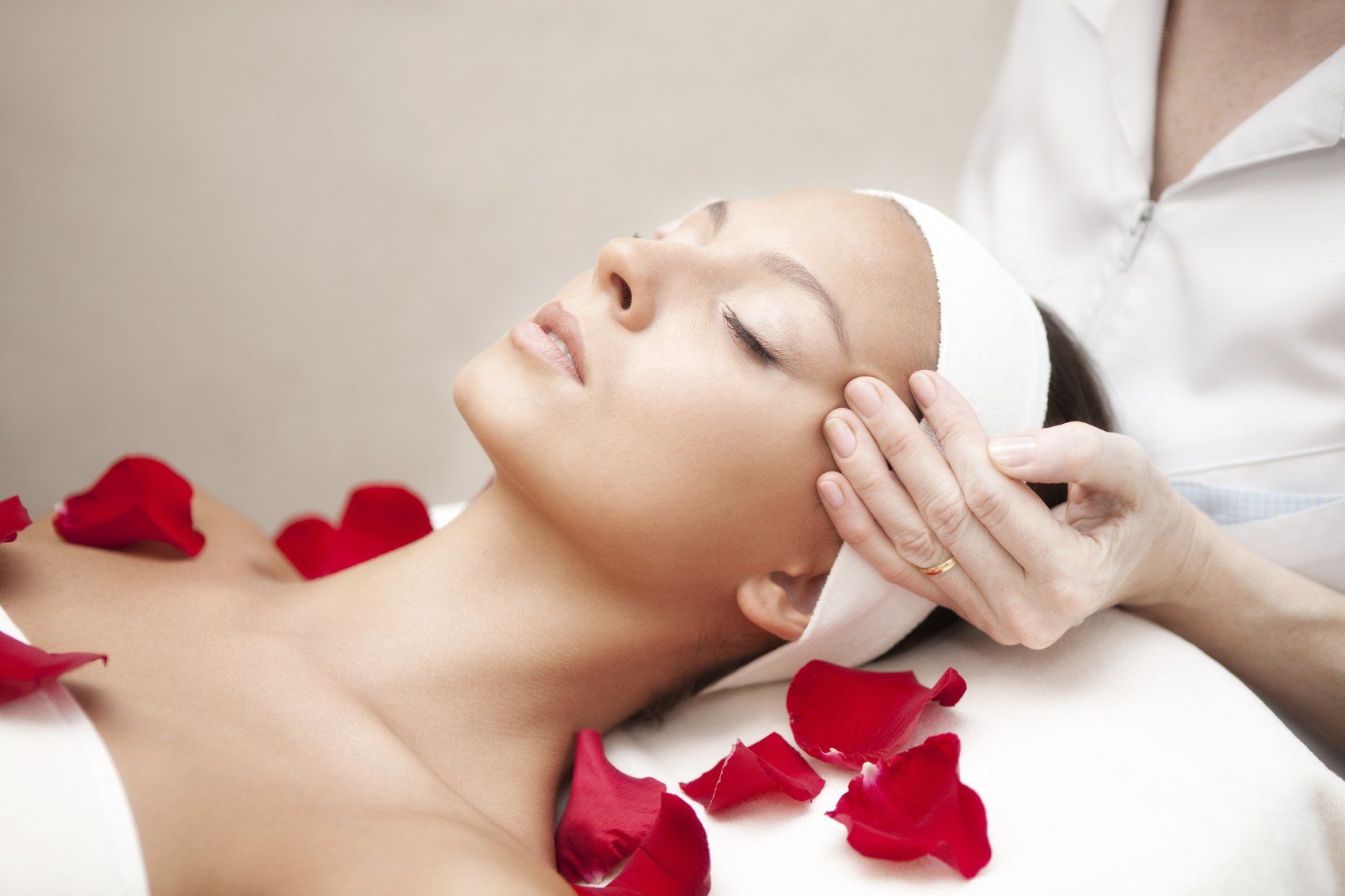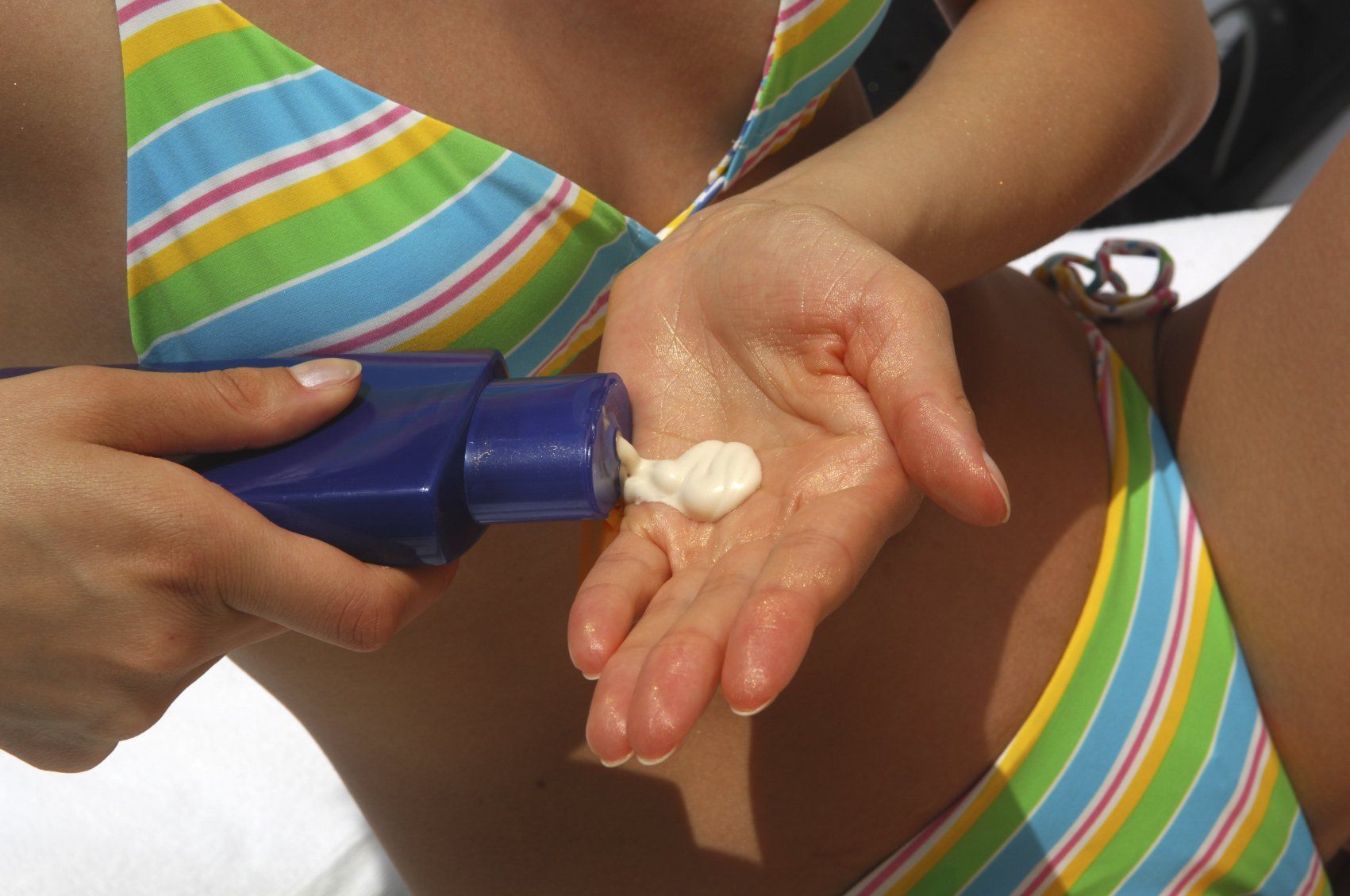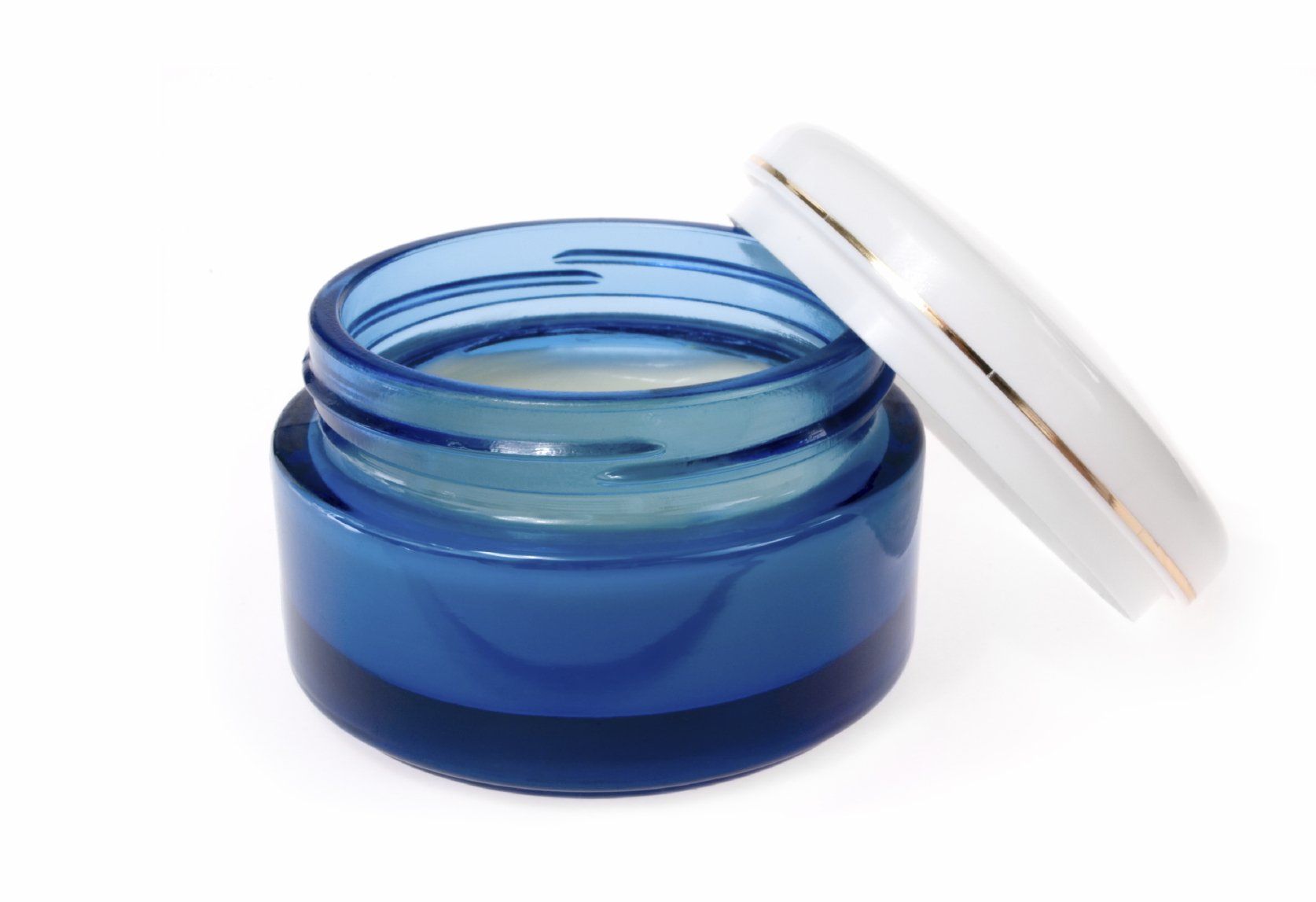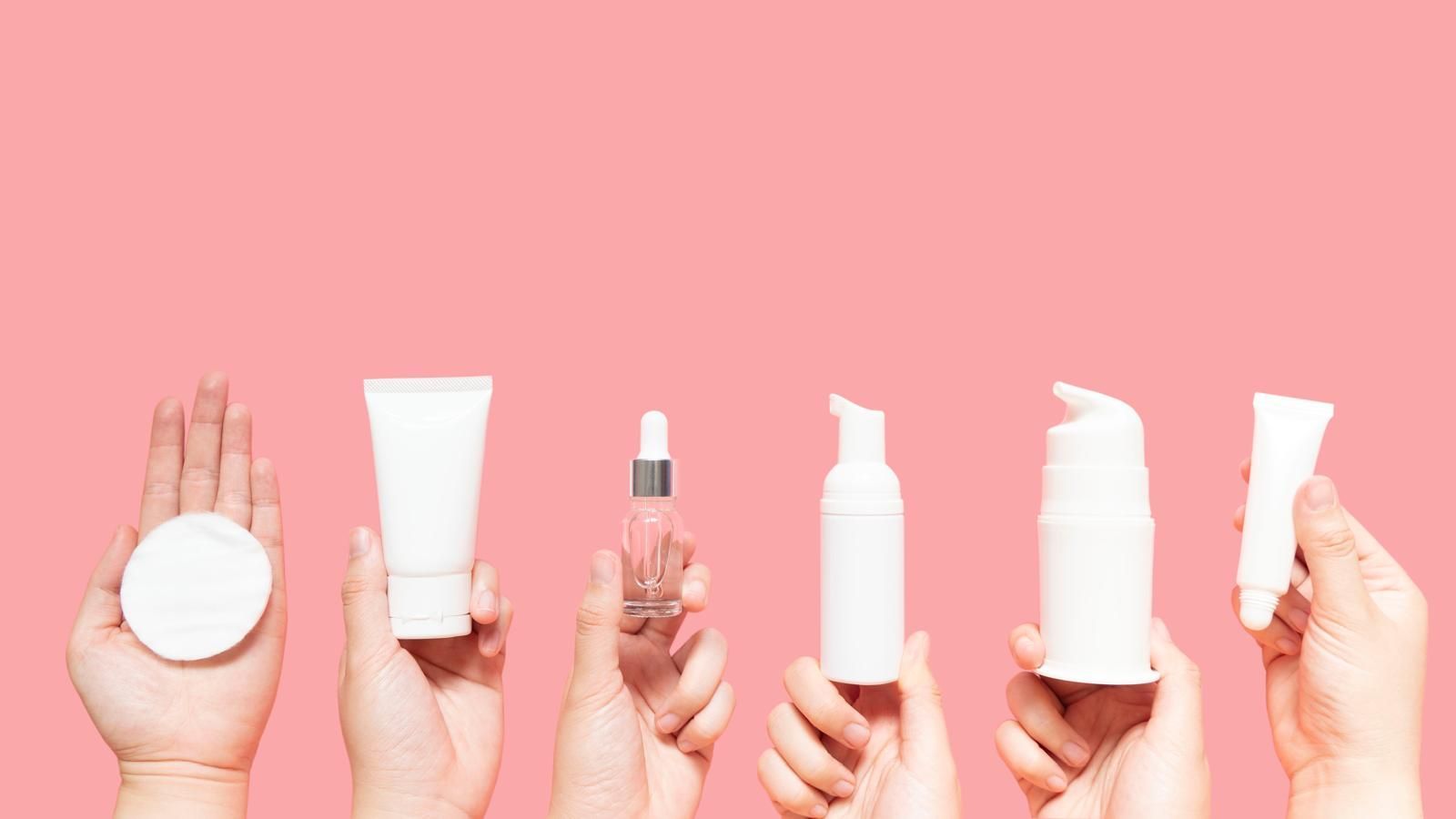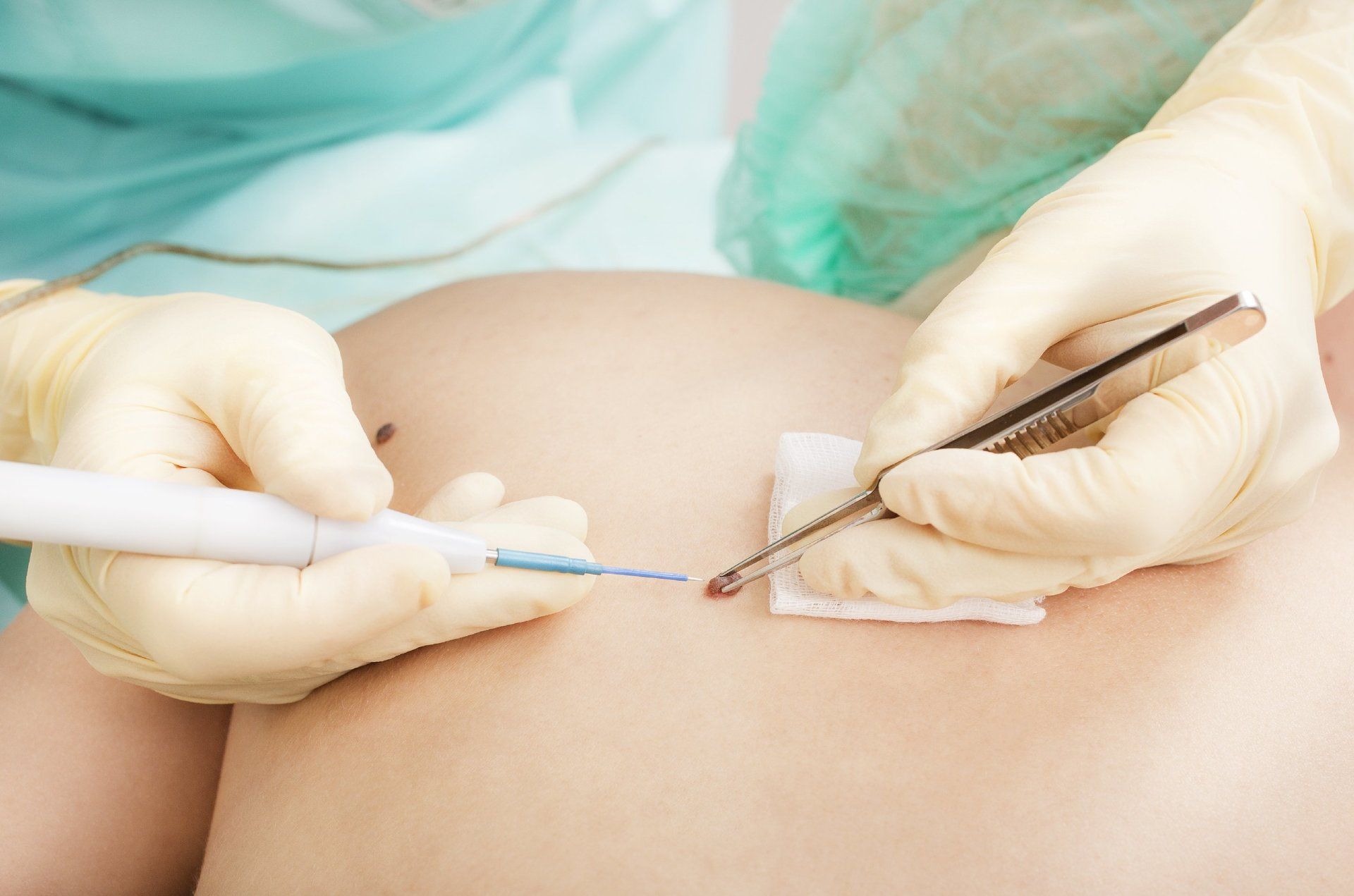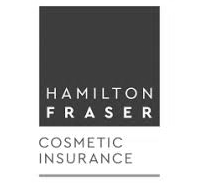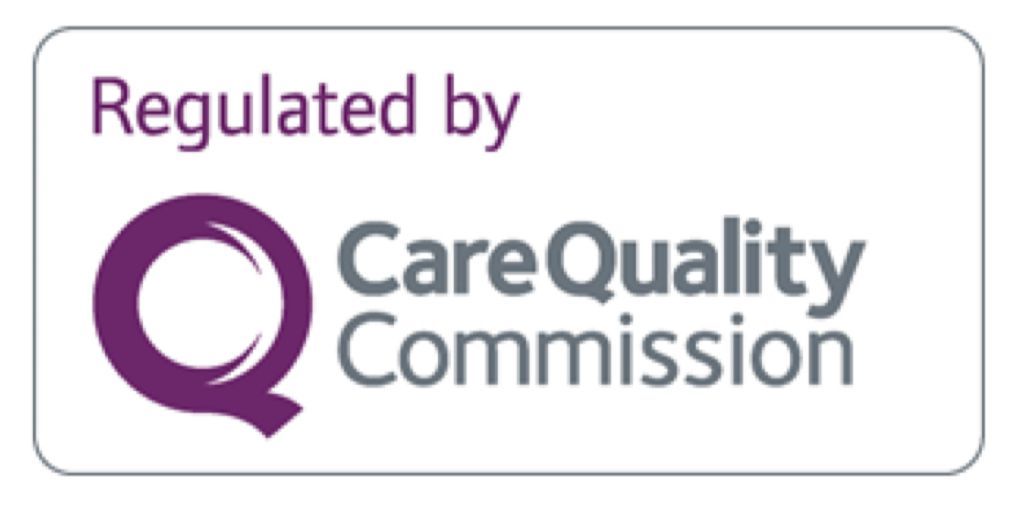PRP for hair loss: Can it reverse baldness without surgery, pills, or lotions?
What is PRP for hair and how can it help?

Another collection of hairs in the shower, another handful of strands in the hairbrush, and another visible patch of scalp. If you are one of the 50% of adults in the UK experiencing androgenetic alopecia – male and female pattern baldness – this daily occurrence probably sounds all too familiar. This blog talks about PRP for hair loss and how it can help.
Emotional Burden
Losing one’s hair can be psychologically distressing for some people, especially from a self-confidence and social interaction standpoint. In fact, one study suggests that 29% of women with hair loss experience symptoms of depression. Another reports that hair loss can create an enormous emotional burden for men.
But there is a natural therapy that could offer more patients hope for hair restoration without surgery, pills, or topical lotions. Platelet-rich plasma (PRP) injection is a treatment that uses your own blood platelets – a type of cell that helps with healing throughout the body – to potentially reverse hair loss and grow thicker, more plentiful hair.
PRP for hair regrowth is a relatively new procedure, but if you are concerned by hair loss, it might be an option to help you look and feel like yourself again without resorting to surgery or taking medication.
Why do we get hair loss?
We can lose hair for several reasons. For example, stress or nutritional deficiencies can lead to sudden hair loss, as can fungal infections and auto-immune conditions.
By far the most common type of hair loss is androgenic alopecia. This is a form of hair loss that develops due to a combination of genetic factors and the effects of male sex hormones, or androgens.
In men, the first signs of hair loss usually occur around the hairline which recedes in a predictable pattern. Women can also suffer from androgenic alopecia, but the pattern of hair loss is a little different. Women will tend to experience a general thinning of the hair across the whole of the top of the head, which may become more problematic around the menopause.
The key culprit behind this process is a hormone called dihydrotestosterone, or DHT, which the body produces as a by-product of testosterone.
DHT can attach to receptors on the hair follicles, the small sacs that anchor individual hairs to the scalp and produce the hair itself. This causes the follicles to shrink, allowing the hair to fall out. Eventually the follicle ceases to produce hair altogether.
More about PRP
Our blood contains platelets, tiny blood cells that assist with blood clotting and the healing process. Platelets contain proteins called growth factors and cytokines which act as the chemical messengers and have a powerful rejuvenating influence on tissues. They have been shown to encourage cellular regeneration and healing in a variety of conditions.
For example, in the world of sports medicine, doctors have used PRP to help heal muscle and tendon injuries. In dermatology PRP is used to support wound healing and in dentistry it is used to help with healing after extractions and the successful integration of dental implants into the jawbone. The use of one’s own blood has earned PRP-based rejuvenation treatments nicknames such as the ‘vampire facial’.
The PRP itself is made by taking a blood sample and separating the blood into its component parts using a centrifuge. The platelet rich layer of plasma can be extracted and injected into the target area.
Since 2009, medical research on the safety of PRP has been gaining momentum. Now both the US FDA and UK’s NICE regulatory bodies have confirmed that PRP treatments are safe. The major advantage of PRP is that uses growth factors extracted from your own blood therefore there is no risk of any disease transmission or allergic reaction.
How effective is PRP for Hair Thinning?
There is ongoing research into the effects of PRP therapy with some very promising results and evidence that PRP could help you grow stronger, thicker hair while reversing the effects of male and female pattern hair loss.
So how does PRP help with hair loss? There is evidence that PRP may improve hair growth by increasing blood flow to scalp and prolonging certain stages of the hair’s natural growth cycle.
In a 2019, in a review of clinical studies, researchers found that PRP treatment prolongs the growth phase, of the hair cycle, resulting in less shedding of hair. Researchers also noted that PRP improves the blood supply to the follicle itself.
The authors concluded that PRP is a promising treatment for male pattern baldness, but a lack of standardisation across different PRP treatments makes it more challenging to accurately measure the hair growth that it produces.
Nevertheless, these questions don’t undermine the promise of PRP as an effective treatment for stimulating hair growth, and there are noteworthy results within the body of research to date.
A 2019 clinical trial of 30 patients with androgenic alopecia showed that PRP was “an effective treatment option” for male pattern baldness, as indicated by improvements in hair density, patients’ own assessment scores and ratings from physicians.
A separate randomized controlled trial found that regular PRP injections produced a measurable increase in hair thickness and numbers of hairs in men with male pattern hair loss after a minimum of two treatments of PRP.
Both these clinical trials used relatively small pools of participants, and that all the studies and reviews thus far have universally called for more research to be performed.
What happens in a PRP Hair Treatment?
PRP treatment is a relatively quick and painless procedure.
To create your own PRP, a small amount of blood is taken and then spun in a centrifuge to separate the blood into its different types of blood cells. The platelet rich part of your blood is then extracted to make your own personalised PRP serum rich in growth factors.
Whilst your PRP serum is being made, your practitioner will carefully clean the scalp and apply a numbing cream to the area to be treated.
Your PRP serum is then injected into your scalp wherever you are experiencing hair loss, to strengthen and stimulate your hair follicles to promote thicker growth. In addition, a special serum containing nutrients essential for hair growth may be applied to the scalp using a micro-needling device.
Immediately afterwards you will experience redness and mild tenderness of the scalp which will resolve in 24-48 hours.
After treatment you must not wash your hair until the following day and avoid styling products for 48 hours
How soon do you see PRP results?
PRP therapy works with the natural growth cycle of your hair follicles, so new patients need repeat treatments every 4-6 weeks. Most new patients need 3 treatments to reduce hair loss and 6 treatments to encourage hair growth with optimum results seen 6 months after the last treatment.
We recommend a maintenance treatment every 6 months.
How much does PRP treatment cost?
Single PRP hair loss treatment £495.00
Course of 3 PRP hair loss treatments £1350.00
Find out how PRP could help you achieve natural hair rejuvenation at HGface. A 30 minute, no obligation consultation for hair loss is currently free of charge. Click here to enquire.


